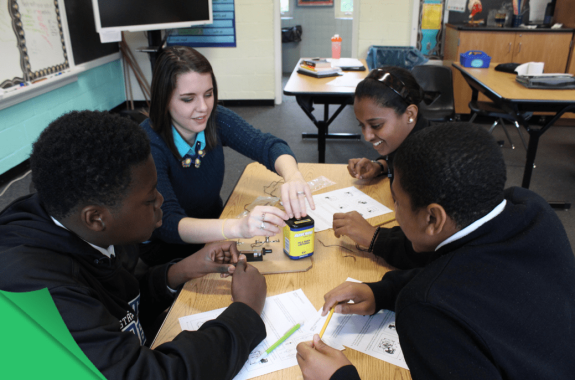Grade Level
All
Activity Type:
Educator Leadership Opportunity, Professional development
 We are proud to announce the second cohort of the Science Friday Educator Collaborative. Of the many incredibly qualified and innovative science teachers in this country, our Educator Collaborative includes some of the very best.
We are proud to announce the second cohort of the Science Friday Educator Collaborative. Of the many incredibly qualified and innovative science teachers in this country, our Educator Collaborative includes some of the very best.
Science Friday started the Educator Collaborative in 2016 as a way to share novel approaches to STEM (science, technology, engineering, and math) education with a broad educator audience. Our second cohort of seven experienced educators were selected from hundreds of applicants based on their exceptional approaches to STEM teaching and enthusiasm for incorporating current scientific research into their curricula.
Over the course of several months, educators in the collaborative worked with one another and with Science Friday’s staff to create ready-to-use educational resources, all of which were inspired by the work of scientists and engineers featured in Science Friday media. The result is a collection of challenging and fun STEM resources for the classroom as well as informal educational settings. And they’re all free, so use as many as you’d like, and share them with your colleagues and friends.
Here are some of the novel approaches that these talented teachers pursued:
- Exploring honeycomb shape using pattern blocks and geometry;
- Spinning model eggs to gather data on the rotational inertia of raw and hard boiled eggs;
- Redesigning boot tread patterns to increase friction on icy paths;
- Investigating how DNA and nutritional experiences influence the longevity of the edible dormouse;
- Building puppets that “walk” like a T.rex based on the pelvic structure and gait of birds;
- Dissecting chicken wings and exposing them to different environmental conditions to model the unique fossilization that occurs in the La Brea Tar Pits;
- Simulating crime scene scenarios in a mock “body farm” with livers to understand how insects can be used to determine the time of death at a crime scene.
Each activity is as unique as the teachers that created them. But they’re all designed to develop students’ critical thinking skills and encourage scientific exploration.
We are thrilled to present the 2017 Educator Collaborative cohort and their hard work below.
Stacy George
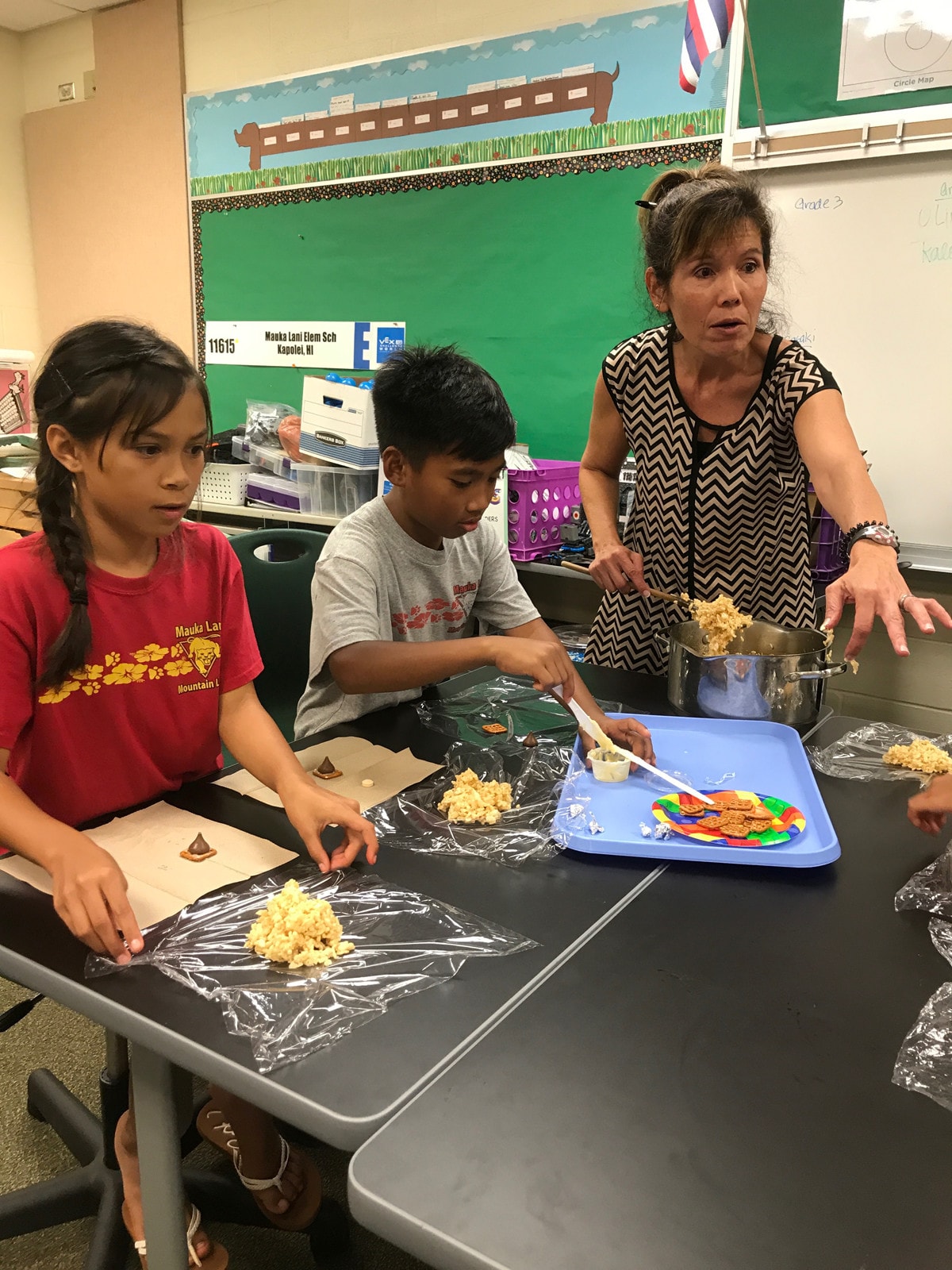
Stacy George is a STEM teacher for grades three through five at Mauka Lani Elementary School in Hawaii. After more than 25 years of teaching, she’s convinced that getting messy is key to learning about science, so it’s no surprise to see her out with her students digging for worms or testing the water quality of local streams.
After earning bachelor’s and master’s degrees in education from the University of Hawaii, Stacy received her doctorate in curriculum studies, with an interest in place-based education (a method that immerses students in their local environment), also from the University of Hawaii. One of Stacy’s favorite place-based classroom projects was building an aquaponic system, inspired by a class trip to a nearby watercress farm and a lesson on ancient Egyptian irrigation systems.
Jose Rivas

Jose Rivas left the engineering world 13 years ago to pursue a career in education. After teaching high school physics for two years in Los Angeles, he moved back to his home town of Lennox, California, where he teaches physics and engineering to grades 10–12 at Lennox Mathematics, Science, and Technology Academy, a charter high school. His minds-on approach to project-based instruction has been nationally recognized with the 2016 Northrop Grumman Foundation Excellence in Engineering Education Award and the 2015 Shell Science Teaching Award.
His students have built 16-foot solar-electric boats and competed with them in the annual Solar Cup in Temecula, California; studied terminal velocity through indoor skydiving; explored the physics of martial arts; and engineered beetle bots that could sense their environment. Jose hopes his inventive approach to teaching helps students appreciate the beauty of science, and apply it to their own lives. (It seems to be working, as many of his graduates have pursued STEM careers.)
Check out Jose’s resource on moment of inertia and spinning eggs.
Rebecca Brewer
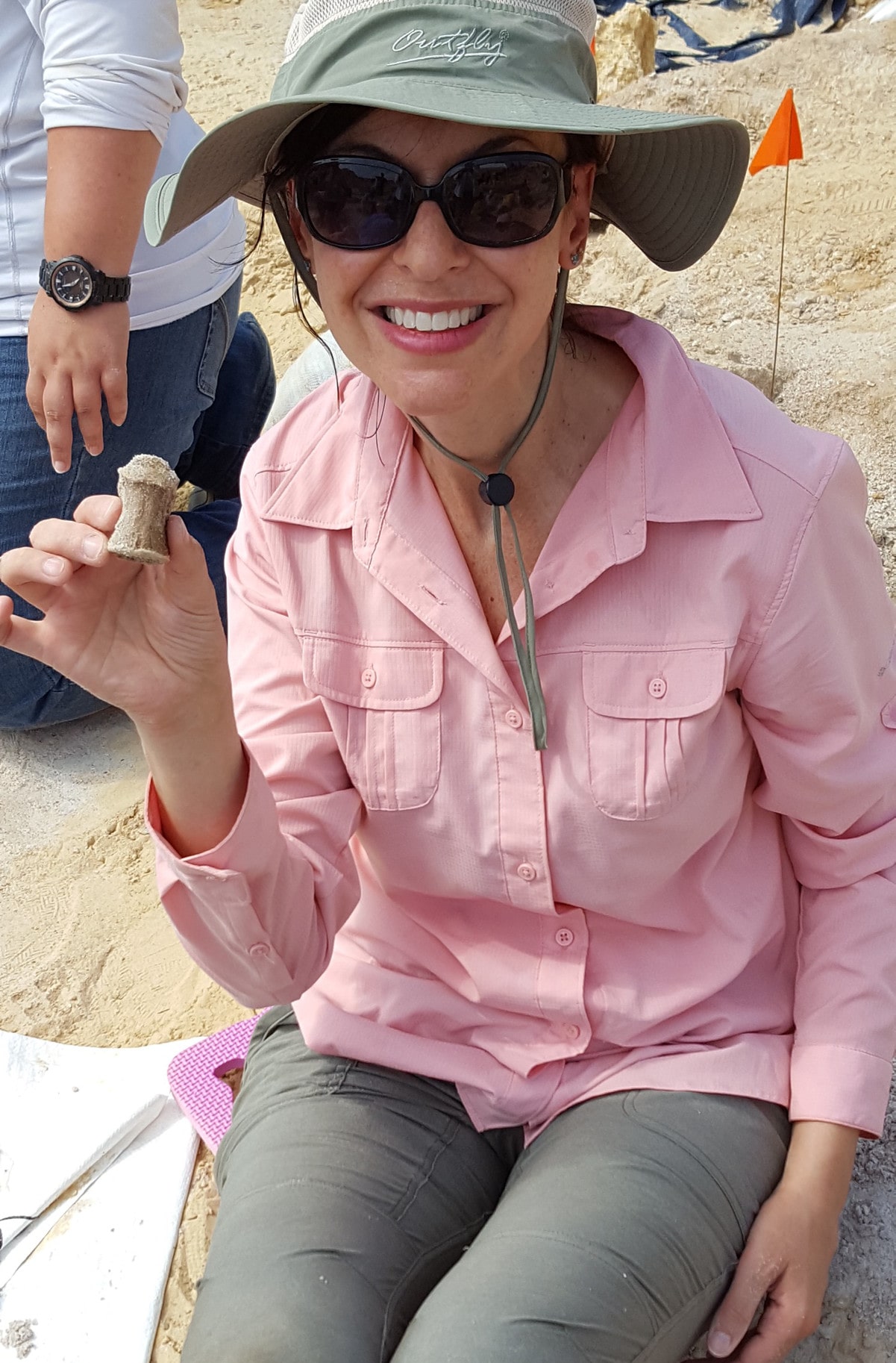
Rebecca Brewer teaches Advanced Placement and ninth-grade biology at Troy High School in southeastern Michigan. As an enthusiastic educator with more than 18 years of experience, Rebecca hopes her constructivist approach to instruction—which emphasizes student-led learning—inspires a passion for biological concepts.
Outside of school, Rebecca writes Next Generation Science Standards curriculum for a textbook company and trains other AP biology teachers in using electrophoresis equipment. She is also the director of Michigan’s Outstanding Biology Teacher Award program, and a former honoree. In 2011, Rebecca won her classroom $27,000 as the top recipient of the ING Unsung Hero Award, and in 2007, she was a named a member of USA Today’s All-USA Teacher Team, which recognizes the top 20 educators in the U.S.
Check out Rebecca’s resource on dormouse telomeres and longevity.
Brienne May
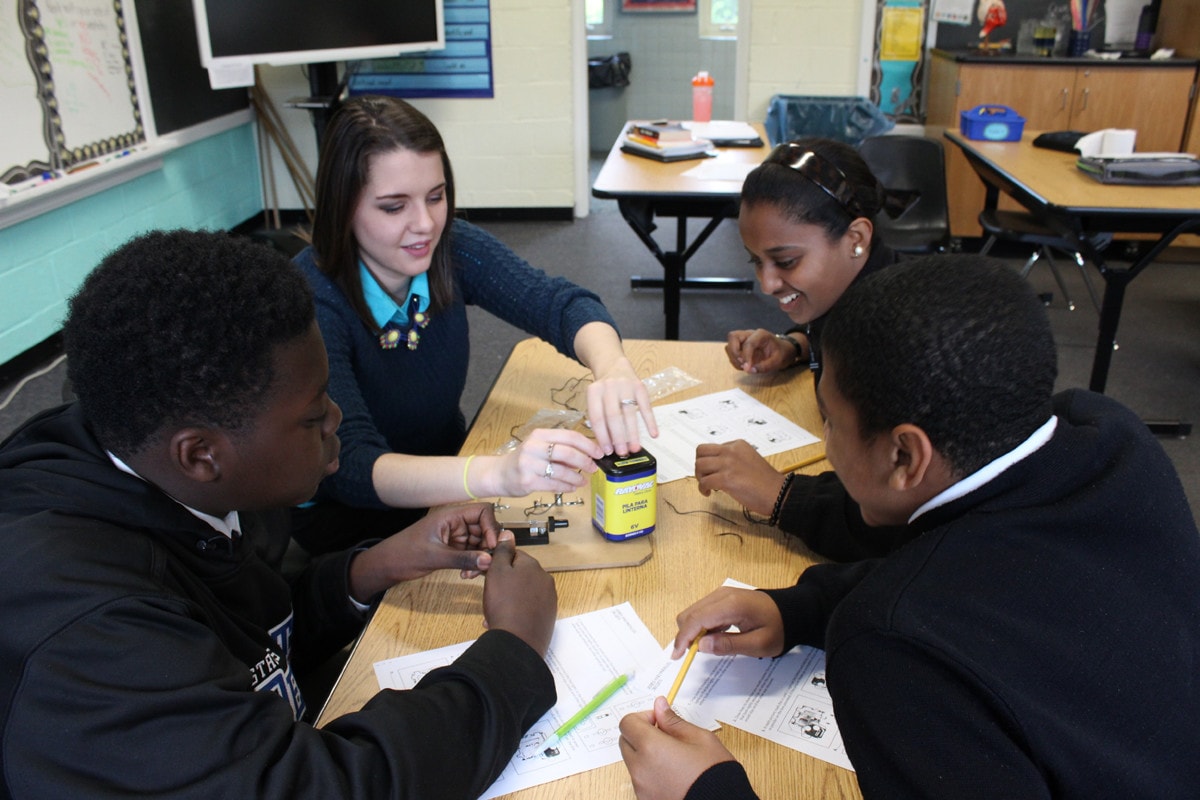
Brienne May is an elementary school teacher at Heritage Elementary in Franklin Regional School District, just outside of Pittsburgh, Pennsylvania. From her experience teaching since 2013, she knows that a noisy, messy classroom is proof of learning and discovery.
Some of Brienne’s favorite moments in education include grossing out seventh graders with sheep brain and heart dissections; helping students find their voices through Socratic seminars (a type of student-led discussion) and debates; and cultivating a garden at school. Her students continually amaze her with their creativity and love of learning.
When she’s not soaking up all the science she can get, Brienne nerds out on all things crafty and DIY. Her sewing and quilting work has been featured by several companies, including Brother and Afloral. She’s also been known to go a little Pinterest-crazy, both in the classroom and at home.
Check out Brienne’s resource on friction and engineering shoes for walking on icy streets.
Michael Kosko
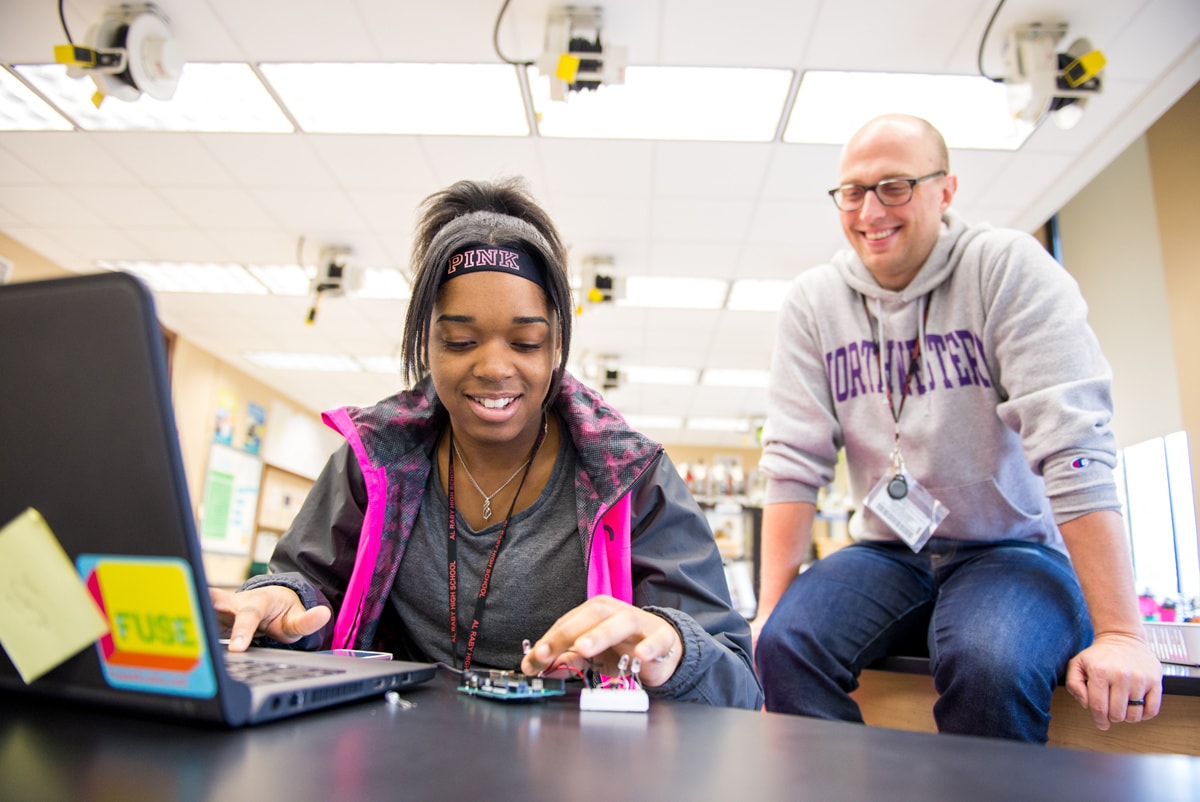
Michael Kosko is the STEM initiatives manager for Chicago Public Schools. Prior to that role, he taught high school STEM and science in the district for 10 years. He’s a vocal advocate for technology integration and using design thinking in the classroom. Michael was the second runner-up in the 2016 Escalante-Gradillas Prize for Best in Education, and is a Google for Education Certified Innovator.
In addition to teaching, Michael built and managed a hydroponic grow lab on campus where students tended herbs, mixed greens, and other vegetables for the school’s culinary arts program. He also presents about meaningful classroom technology integration (e.g., augmented reality, G Suite for Education) at various education technology conferences. This year, Michael founded One STEM Chicago, a program that connects educators and students across the city to discuss and engage in common STEM projects.
Check out Michael’s resource on the relationship between the gait of birds and theropod dinosaurs.
Marta Toran
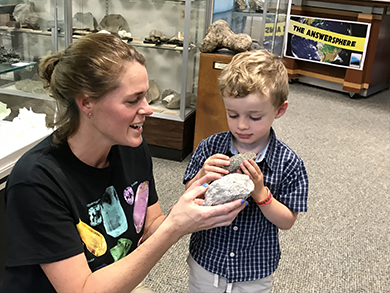
Marta Toran is a science educator and outreach coordinator at Appalachian State University in the Blue Ridge Mountains of North Carolina. She works with the university’s Department of Geological and Environmental Sciences to develop K–12 programs for use in local schools.
When she’s not creating “jellyfish goo” from soaked diaper fill (for a study on acids and bases) or building models of continental and oceanic crust from shaving cream, roofing tiles, and sanding blocks, Marta gets a cheap thrill rummaging through dollar stores in search of fodder for future science projects and interactive exhibits at her university’s geology museum.
Check out Marta’s resource on fossilization in the La Brea Tar Pits.
Jennifer O'Brien
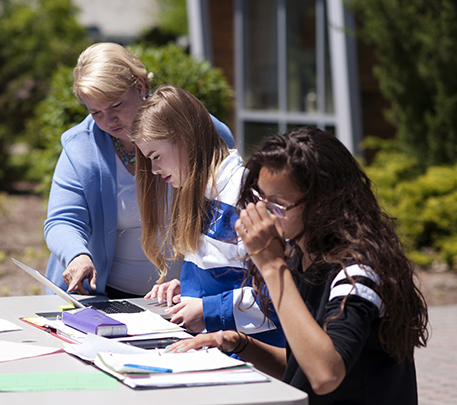
Jennifer O’Brien is the director of global studies at the Watkinson School in Hartford, Connecticut, where she has taught forensic science, zoology, and environmental science since 1998. She has always strived to make science the “best class of the day,” preferring labs, field trips, and hands-on projects to standard lectures.
Jen has routinely found unique ways to show her freshmen, juniors, and seniors that science is all around us. They’ve gone on animal-based scavenger hunts at the Asian grocery store; participated in WebSlams, where they designed websites for local environmental non-profits; and explored forensic science by writing and filming their own version of “CSI.” Whenever possible, Jen has brought a global perspective to her lessons, encouraging her students to consider how matters of environmental and social justice relate to what they’re learning.
Check out Jennifer’s forensic entomology resource focused on body farms.
Meet the Writers
About Xochitl Garcia
@msxgarciaXochitl Garcia was Science Friday’s K-12 education program manager. She is a former teacher who spends her time cooking, playing board games, and designing science investigations from odds and ends she’s stockpiled in the office (and in various drawers at home).
About Ariel Zych
@arieloquentAriel Zych was Science Friday’s director of audience. She is a former teacher and scientist who spends her free time making food, watching arthropods, and being outside.
